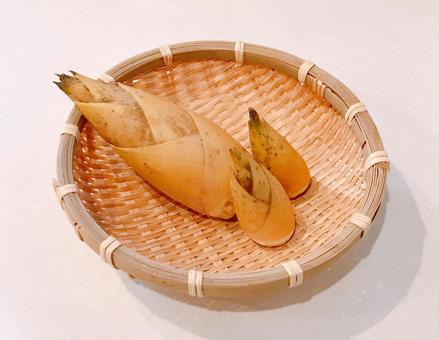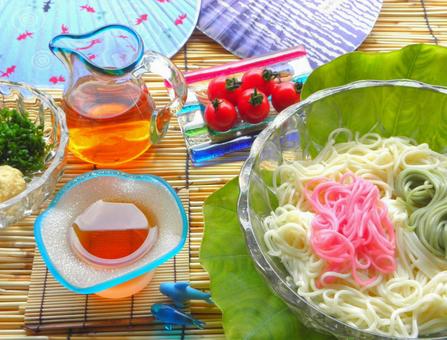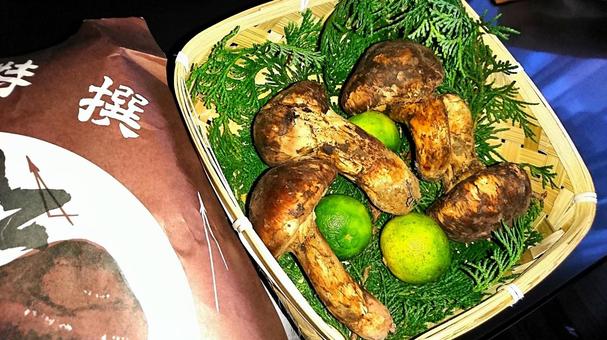In Japan, where the four seasons bring distinct changes, the ingredients that grace the dining table vary throughout the year. From enjoying sakura mochi under the spring cherry blossoms, to refreshing cold noodles that make one forget the summer heat, to autumn sweets made with chestnuts and sweet potatoes deepening with the season, to hot pot dishes that alleviate the winter chill… These are unique Japanese ways to enjoy the seasons through food, playing an important role in the food culture. This article introduces seasonal tastes representing the four seasons of Japan, and also delves into the meanings and backgrounds of these ingredients.
Spring: Breathing Life into New Beginnings

Spring is a special time for many Japanese as it marks the start of new endeavors. The season’s representative foods start with wild vegetables such as bamboo shoots and bracken. Grown under the gentle spring sunlight, these ingredients feature a characteristic bitterness that signals the arrival of spring to the Japanese palate. Strawberries also play a pivotal role in spring dining, with their sweet and tart flavors beloved by both children and adults, often seen at festive occasions.
Summer: Cooling Delights to Overcome the Heat

Known for its high humidity and temperature, the Japanese summer introduces dishes designed to cool the body. Somen noodles and chilled Chinese noodles are perfect for hot summer days. To prevent summer fatigue, “unagi no kabayaki” (grilled eel) has long been cherished. Rich in vitamins, eel supports the vitality needed for the summer months and is particularly consumed on the Day of the Ox according to tradition.
Autumn: With the Bountiful Harvest

Autumn can be considered the richest season in the Japanese culinary calendar. It is a time when various ingredients such as matsutake mushrooms, pears, and persimmons are harvested. Known as the “season of appetite,” autumn is synonymous with grilled saury with new rice, a simple yet beloved flavor. The season also brings foods that brighten events like Halloween and moon-viewing, each with cuisine that complements the festivities.
Winter: Warming Both Heart and Body
A defining feature of the winter dining table is certainly “nabe” (hot pot). Gathering around a hot pot with family and friends during the cold season not only warms the body from within but also nurtures communication, an important aspect of food culture. Among the rich variety, dishes such as “sukiyaki” and “shabu-shabu” are enjoyed with uniquely Japanese sauces based on miso or soy sauce.
Thus, each season in Japan has its own unique ingredients and dishes, deeply intertwined with the nation’s nature and culture. Next, let’s take a closer look at how these seasonal ingredients are integrated into the daily lives of the Japanese, exploring specific cooking methods and food culture in detail.



コメント